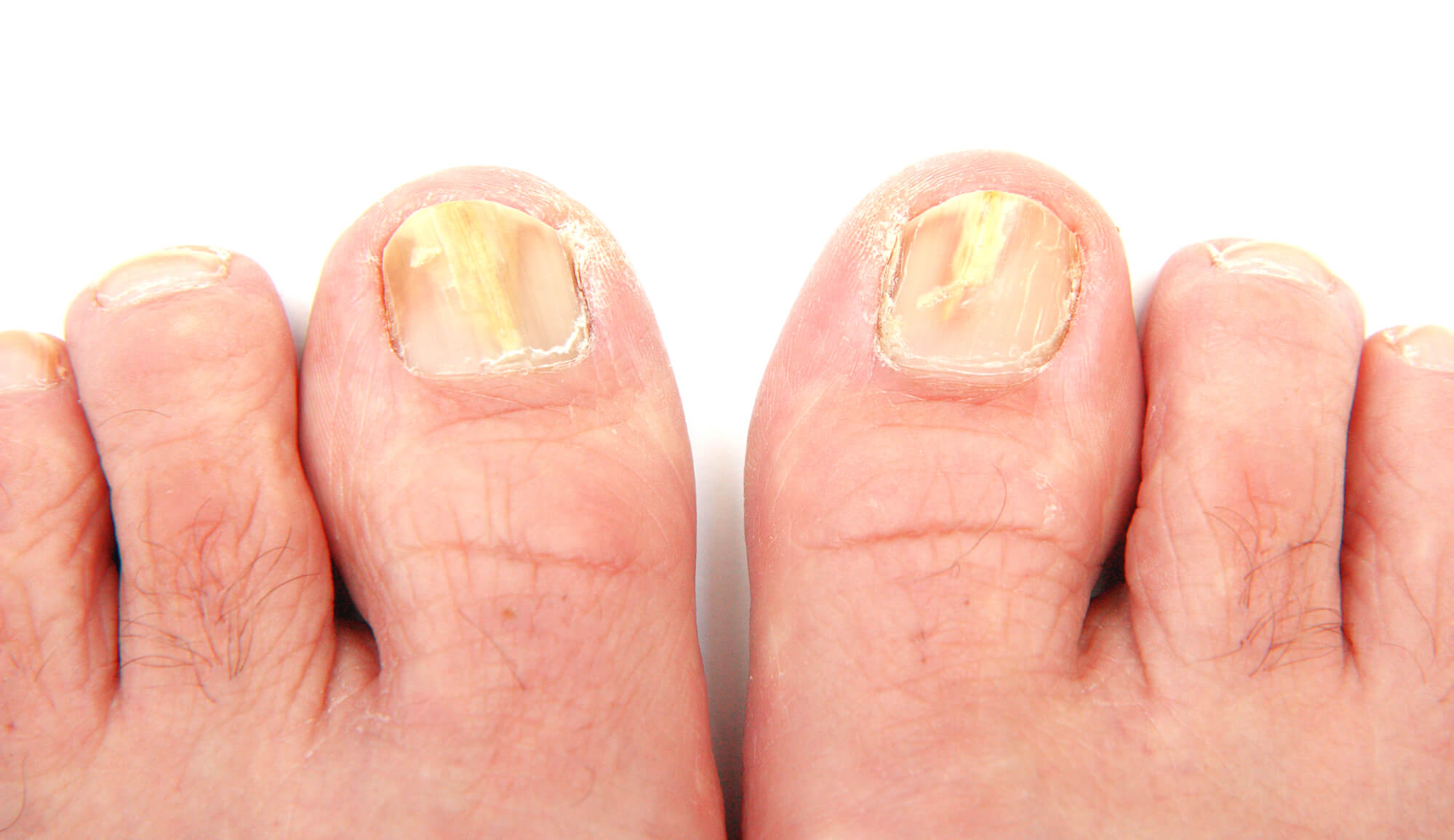Suffering from Nasty Foot Fungus? Don’t Panic – Here’s What to Do
Are you experiencing discomfort, itching, and an unpleasant odor in your feet? Do you see yellowish, discolored, thickened toenails? If so, you may be suffering from nasty foot fungus. This article will help you understand foot fungus, its common symptoms, causes, and various treatment options a podiatrist may recommend.
What is Foot Fungus?
Foot fungus is a common fungal infection that affects your feet' skin, toenails, or nails. Fungi thrive in warm, moist environments and are easily contracted in public areas, such as locker rooms, swimming pools, and showers. Foot fungus can be spread from person to person or from contaminated surfaces.
Common Types of Foot Fungus
Several types of foot fungus include athlete's foot, toenail fungus, and nail fungus. Athlete's foot is a fungal infection that affects the skin between the toes, causing itching, redness, and scaling. Toenail fungus is a fungal infection that affects the toenails, causing discoloration, thickening, and brittleness. Nail fungus can affect both toenails and fingernails, causing discoloration, thickening, and distortion of the nails.
Symptoms of Foot Fungus
The symptoms of foot fungus vary depending on the type of infection. For example, athlete's foot may cause itching, burning, scaling, and cracking of the skin between the toes. Toenail fungus may cause yellowish or brownish discoloration, thickening, and deformity of the toenails. Nail fungus may cause yellowish, white, or black discoloration, thickening, and separation of the nail bed from the nail plate.

How to Diagnose Foot Fungus
If you suspect you have foot fungus, seeing a podiatrist for an accurate diagnosis is best. The podiatrist may physically examine your feet, nails, and skin and recommend a culture test or biopsy to confirm the type of fungal infection.
Treatments for Foot Fungus
Several treatment options are available for foot fungus, depending on the type and severity of the infection. Treatment options include over-the-counter and prescription medications, home remedies, and laser therapy.
Over-the-Counter Medications
Over-the-counter antifungal creams, sprays, and powders can be effective for mild cases of foot fungus. These products contain active ingredients, such as clotrimazole, terbinafine, or miconazole, which kill the fungus or prevent it from growing. These medications are typically applied directly to the affected area and should be used according to the instructions on the package. It is important to continue using the medication for the recommended length, even if the symptoms improve.
Prescription Medications
Prescription medications may be necessary for more severe or recurrent cases of foot fungus. Oral antifungal medications, such as itraconazole or fluconazole, can effectively treat toenail fungus or severe athlete's foot cases. These medications travel through the bloodstream to reach the infected area and kill the fungus. However, they may have side effects, such as nausea or liver damage, and should be used under the supervision of a doctor.
Prescription-strength topical medications, such as efinaconazole or ciclopirox, may also treat toenail fungus or nail fungus. These medications are applied directly to the nail and can penetrate the nail plate to reach the nail bed where the fungus resides. They are typically used for several months and may have side effects, such as irritation or itching.
Antifungal nail polishes, such as tavaborole or ciclopirox, may also be prescribed to help prevent the recurrence of toenail fungus. These polishes are applied directly to the infected nail and act as a barrier to prevent the fungus from growing. They are typically applied once or twice a week for several months.

Home Remedies
In addition to over-the-counter and prescription medications, several home remedies may be effective for treating foot fungus. These remedies may not work for everyone, so it's important to consult a doctor before trying them.
- Vinegar soaks: Soaking your feet in water, and vinegar may help kill the fungus. Mix equal water and vinegar and soak your feet for 15-20 minutes daily.
- Tea tree oil: Applying tea tree oil to the affected area may help kill the fungus. Mix tea tree oil with a carrier oil, such as coconut oil, and apply to the affected area.
- Baking soda: Baking soda may help reduce the symptoms of foot fungus. Mix baking soda with water to paste and apply to the affected area.
Laser Therapy
Laser therapy is another option for treating foot fungus, especially toenail fungus. It uses a laser to heat the infected nail and kill the fungus. Laser therapy may be more effective than topical or oral antifungal medications and require fewer treatment sessions. However, it can be expensive and may not be covered by insurance.
It's important to note that foot fungus can be stubborn and may take several months to treat, regardless of the treatment method used. It's also important to practice proper foot hygiene and take steps to prevent the recurrence of the infection. If over-the-counter treatments have not improved your symptoms, seeing a doctor for a proper diagnosis and treatment plan is important.

Preventing Foot Fungus
Preventing foot fungus is easier than treating it. Here are some tips to prevent foot fungus:
- Practice proper foot hygiene by washing your feet daily and drying them thoroughly, especially between the toes.
- Wear proper footwear, such as shoes that allow your feet to breathe and absorb moisture.
- Avoid walking barefoot in public areas like locker rooms and swimming pools.
- Regularly inspect your feet and nails for signs of infection or discoloration.
- Change your socks and shoes regularly to prevent moisture buildup.
When to See a Podiatrist
If you have a severe infection, recurrent infections, or an underlying medical condition, it's important to see a podiatrist for treatment. Podiatrists can prescribe stronger medications or recommend laser treatment, which may be more effective for severe cases of foot fungus. Additionally, if over-the-counter treatments have not improved your symptoms, seeing a podiatrist for a proper diagnosis and treatment plan is important.
It's also important to note that foot fungus can be mistaken for other conditions, such as psoriasis or eczema. That's why seeing a podiatrist for an accurate diagnosis and treatment plan is crucial. Don't let embarrassment or shame prevent you from seeking help. Podiatrists have seen it all and are trained to diagnose and treat foot fungus.
Conclusion
Foot fungus is a common condition that affects many people. The good news is that it is treatable and preventable. You can keep your feet healthy and fungus-free by practicing proper foot hygiene, wearing proper footwear, and seeking prompt treatment from a podiatrist. If you suspect that you have foot fungus, don't panic. Contact your podiatrist today for a proper diagnosis and treatment plan to help you get back to living without discomfort or embarrassment.

